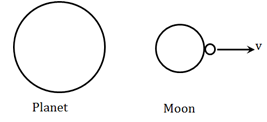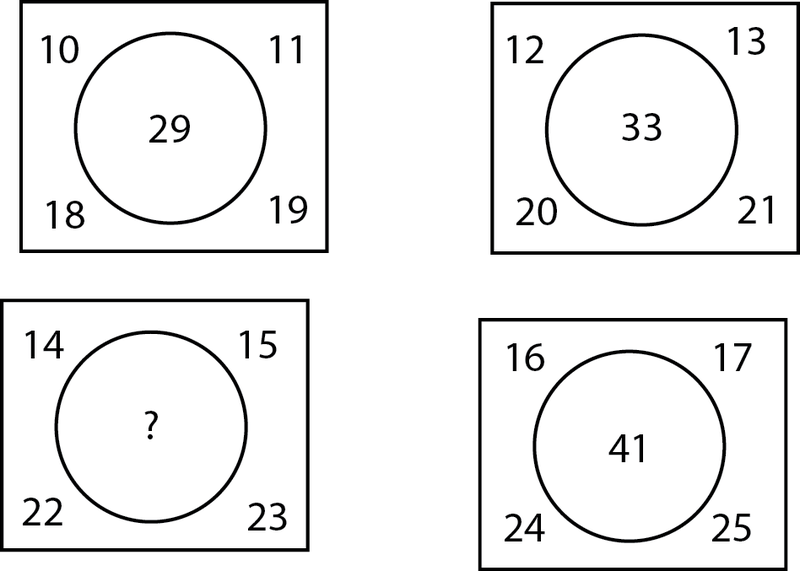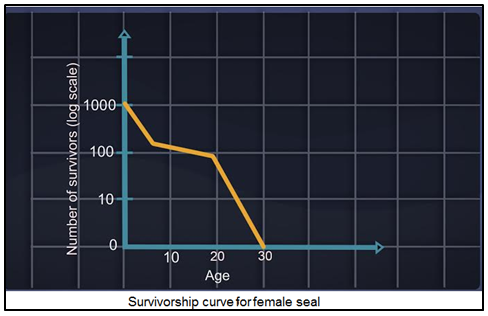12th Grade > Physics
GRAVITATION THE LAW OF FALLING MCQs
Total Questions : 30
| Page 3 of 3 pages
Question 21. Determine the escape velocity of a rocket on the far side of a moon of a planet. The radius of the moon is 2.64×106m and its mass is 1.495×1023. The mass of the planet is 1.9×1027kg, and the distance between planet and the moon is 1.071×109m. Include the gravitational effect of planet and neglect the motion of the planet and the moon as they rotate about their CM.

Answer: Option D. -> 1.560×104ms−1
:
D
Total potential energy of the rocket is
U=−G[Mpm(d+Rm)+MmmRm]
If ve is the escape velocity,we can write
12mv2e=−U
v2e=2G(Mp(d+Rm)+MmRm)
= 2×6.67×10−11(1.90×10271.071×109+2.64×106+1.495×10232.64×106)
= 2.436×108
ve=1.560×104ms−1
:
D
Total potential energy of the rocket is
U=−G[Mpm(d+Rm)+MmmRm]
If ve is the escape velocity,we can write
12mv2e=−U
v2e=2G(Mp(d+Rm)+MmRm)
= 2×6.67×10−11(1.90×10271.071×109+2.64×106+1.495×10232.64×106)
= 2.436×108
ve=1.560×104ms−1
Answer: Option B. -> W1 = W2 = W3
:
B
Gravitational field is conservative in nature hence the work done does not depend on the path followed but only on initial and final positions
:
B
Gravitational field is conservative in nature hence the work done does not depend on the path followed but only on initial and final positions
Answer: Option B. -> Must be constant
:
B
I=−dVdr, If I = 0 then V = constant
:
B
I=−dVdr, If I = 0 then V = constant
Answer: Option D. -> R2gω2
:
D
Orbitalvelocityv0=√GMr=√gR2randv0=rωThisgivesr3=R2gω2
:
D
Orbitalvelocityv0=√GMr=√gR2randv0=rωThisgivesr3=R2gω2
Answer: Option B. -> √2vo=ve
:
B
ve=√2gRandv0=√gR∴√2vo=ve
:
B
ve=√2gRandv0=√gR∴√2vo=ve
Answer: Option C. -> 2E0
:
C
Potential energy = 2×(Totalenergy)=2E0
Because we know = U=−GMmrandE0=−GMm2r
:
C
Potential energy = 2×(Totalenergy)=2E0
Because we know = U=−GMmrandE0=−GMm2r
Answer: Option C. -> R(2gRV2−1)
:
C
ΔK.E=ΔU⇒12MV2=GMeM(1R−1R+h)……(i)Alsog=GMeR2……(ii)Onsolving(i)and(ii)h=R(2gRV2−1)
:
C
ΔK.E=ΔU⇒12MV2=GMeM(1R−1R+h)……(i)Alsog=GMeR2……(ii)Onsolving(i)and(ii)h=R(2gRV2−1)
Answer: Option A. -> R3
:
A
If body is projected with velocity v v<ve then height up to which it will rise, h=Rv2ev2−1
v=ve2(given)∴h=R(veve2)2−1=R4−1=R3
:
A
If body is projected with velocity v v<ve then height up to which it will rise, h=Rv2ev2−1
v=ve2(given)∴h=R(veve2)2−1=R4−1=R3
Question 30. The value of g at a particular point on the earth surface is 9.8 ms−2. Suppose the earth suddenly shrinks uniformly to half its present size without losing any mass. The value of ‘g’ at the same point (assuming that the distance of the point from the centre of earth does not shrink) will now be:
Answer: Option C. -> 9.8 ms−2
:
C
The mathematical equation of acceleration due to gravity is given as,
g=GMr2
where, G is the universal gravitational constant, M is the mass od the planet and r is the distance between object and center of gravity.
Since, G, M and r are constant, the value of g will remain same.
That is, g=9.8ms−2.
:
C
The mathematical equation of acceleration due to gravity is given as,
g=GMr2
where, G is the universal gravitational constant, M is the mass od the planet and r is the distance between object and center of gravity.
Since, G, M and r are constant, the value of g will remain same.
That is, g=9.8ms−2.


















